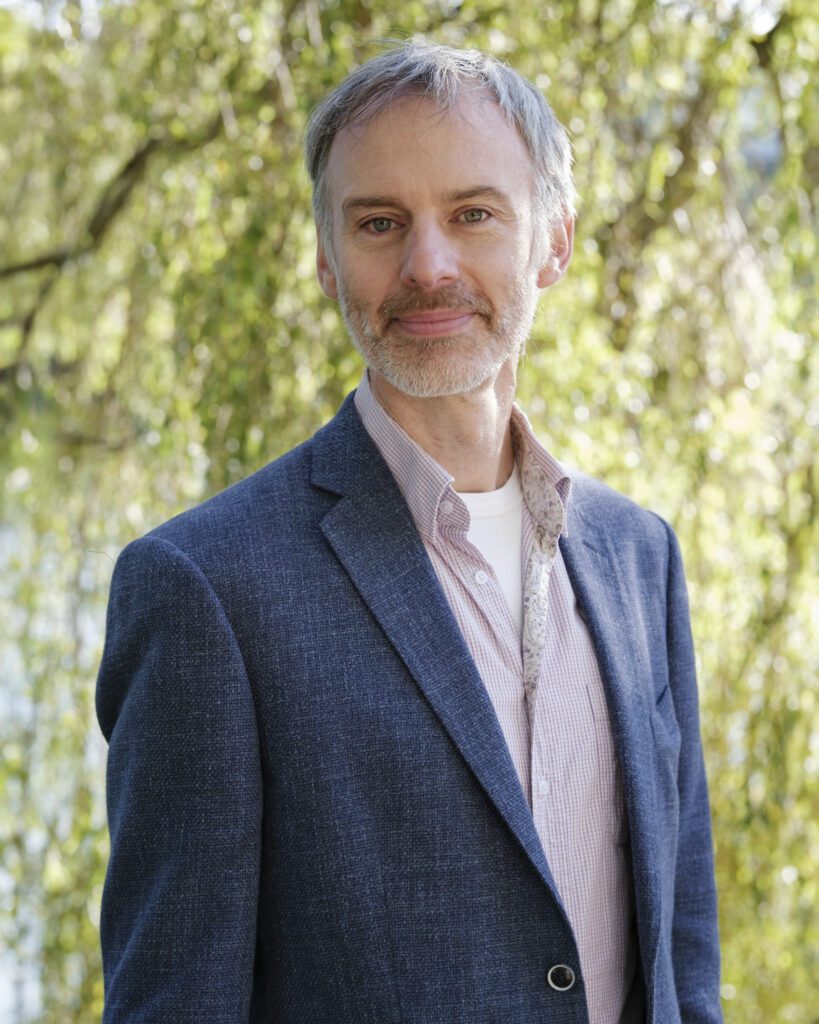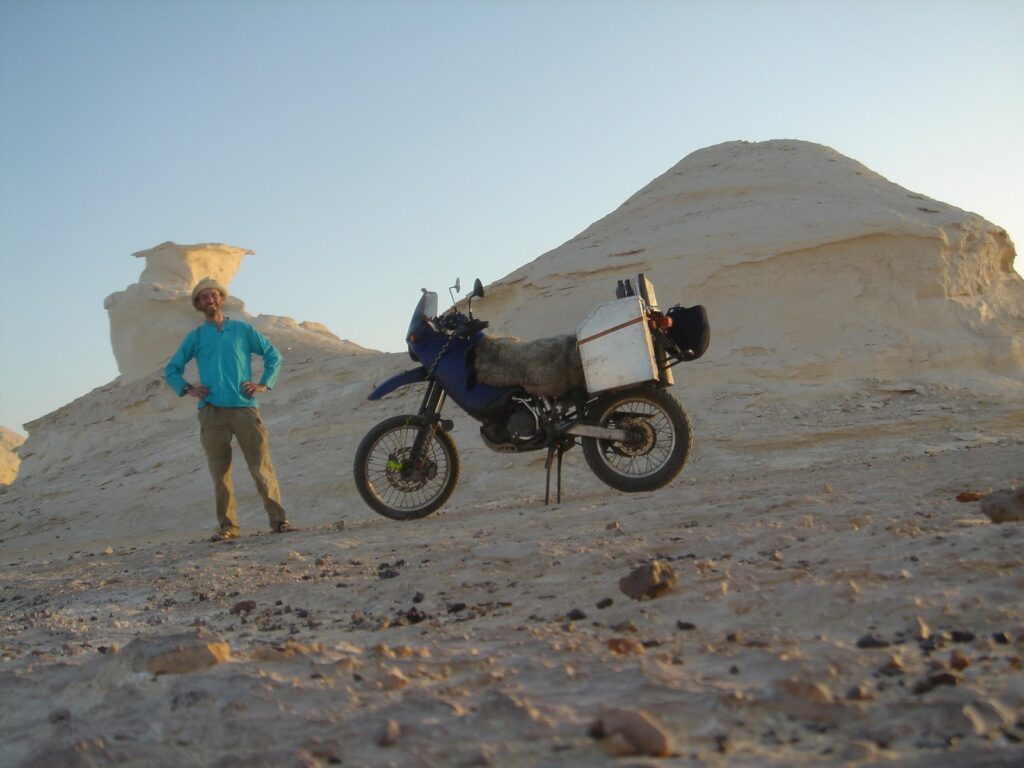Researcher Stories
In conversation with Dr Conor Sweeney

Dr Conor Sweeney is a Lecturer/Assistant Professor in Applied and Computational Mathematics in the School of Mathematics and Statistics in UCD. He’s a Funded Investigator within the NexSys strategic partnership, as well as Deputy Director of the UCD Earth Institute, a member of the UCD Energy Institute, and President of the Irish Meteorological Society.
What is your research about?
My research covers two main areas: the first is renewable energy. In Ireland, we’re currently installing a lot of infrastructure for offshore wind energy, and there is a lot of interest in solar power and PV (photovoltaic) cells. My research involves weather and climate modelling, to help predict the weather at different timescales into the future, which is really important for those who manage electricity. For instance, EirGrid needs to know how much electricity is going to come from wind and solar to make sure there is enough electricity for everyone. I’m interested in figuring out ways to make sure wind and solar PV forecasts are very accurate, so we can run the electricity grid reliably.
The second research area concerns climate models, which are a bit like weather models because they look at the whole earth and all the atmosphere, but are more complicated and run for longer timescales, roughly 100 years into the future. In this case, we are not interested in whether we will have enough electricity on Tuesday to turn on the lights, but in whether the wind [intensity] we typically get in Ireland will change.
When planning for more offshore wind energy in Ireland, we would like to know if it will become a lot more or a lot less windy, or if there will be periods where it’s going to be calm for a few days in a row. When it’s both calm, without wind energy, and cloudy, without solar energy, conditions are really bad for renewable energy systems. A question we are looking at is how many days in a row could be both calm and cloudy, because then we will need something else, such as a battery resource, to power Ireland’s electricity.
Within NexSys, we are also looking at ramping events, when we quite suddenly go from no electricity to high electricity or the other way around, due to changes in wind and solar activity. We’re interested in how often these events happened in the past, how often they might happen when we build more and more renewables, and how accurate the forecasts are at predicting these sudden changes.
The timescales involved in climate models and weather forecasting are different. Is this something you are exploring in your research?
Yes, part of our work is looking into extending how far out weather forecasts can go. When thinking about planning an outdoor event, such as a walk or a barbeque, people keep an eye out on the weather forecast. Normally the forecast should be reasonably accurate around 5 to 7 days into the future. But if planning further ahead, weeks or months into the future, as needed for fields such as agriculture, wind energy and other renewables, forecasts are poor. To this end, we can use sub-seasonal to seasonal forecasting combined with machine learning. Thanks to machine learning’s ability to look at lots and lots of data, we end up with forecasts that can be analysed in combination with what actually happened over time. The hope is that machine learning will pick out special patterns or correlations between what happened when a forecast was good and what happened when a forecast was less good. We’re going to look at this with a focus on renewable energy to see if we can produce a type of a seasonal forecast that might go out a few months ahead to serve the needs of the energy industry.
What makes Ireland unique, in terms of our weather and climate, and what challenges do we face in terms of renewable energy?
Ireland is a really good case study as it is an island, so we can’t very easily move electricity onto and off our island. We do have interconnectors with the UK and are building one with France, but compared to countries such as Denmark, we can’t move electricity on and off our island as easily, so we need to plan ahead much better and run our grid a lot more accurately.
Because Ireland is near the Atlantic Ocean, we also have a very high amount of wind energy compared to most other countries. In fact, it’s the majority of our installed capacity. More recently, there’s been a lot of interest in solar PV. At the moment, it’s not easy for us in Ireland to get rid of excess electricity. We can’t export it all, because we have a limited number of interconnectors, and we don’t have large-scale community heating to transform electricity into heating, so we are limited in what we can do. Ideally, we want to use and store excess electricity in some way.
Have climate models become a lot more accurate over the last decade?
Absolutely, there have been massive improvements and they are ongoing. Every five or six years, really big improvements occur linked to the IPCC report. For example, recent climate models have become much better at representing really small particles in the air, like aerosols and pollutants, or very high clouds. We keep on adding new understanding into the climate models, and I expect these models to continue to get better and better.
We are all familiar with looking at clouds while out on a walk to try to predict the incoming weather. How are clouds used in forecasting today?
Clouds are really important for short term forecasting, so-called nowcasting, which is about the weather over the next few minutes or hours. Radars send out a signal reflected back from the clouds in an area and satellite images can show different types of clouds. We combine this information from radars and images with where the wind is and will be blowing. In the same way you would just look at the clouds in the sky, we can do that over the whole country, and it’s a good way of warning people about how the weather is likely to change in the short term. The big weather forecast models that are used to forecast a day or week ahead take hours and hours to run so that’s no use in the short term.
Is public awareness about climate and weather improving in general in your view?
I think awareness of climate is much better than it would have been 5 or 10 years ago. I see it in UCD in the classes I’m teaching. In general, students have a pretty good understanding about climate change. I like to think that Ireland is making progress in education and understanding around all these issues. It’s nice to see this awareness on a government level too, such as through the climate action plan, and from people who are advising on policy.
When it comes to weather, perhaps older people don’t trust the forecasts because they weren’t as good 20 or 30 years ago, but now they are much better.
Is there a research area in the field of weather and climate you are particularly excited about?
One of the really exciting areas that everyone’s talking about is machine learning. I imagine that’s true for almost all researchers in all areas, and weather is no different. There is real potential for machine learning to speed up how quickly we can generate our forecasts, and also to really fine tune the forecast for exactly what each user needs, which is really interesting. When talking about wind energy forecasts for wind farms, the information needed is different to when forecasting for PV farms, and these are completely different to what farmers want to know for crops or animals. But all these users want to have the best information as soon as they can. There’s great potential for machine learning to tailor what comes out of computers to give exactly the information that every different type of end user needs. In addition, we know that the weather is very local: if you’re on the ground ploughing a field on one side of a mountain, you may get very different weather than what you find in a field on the other side of a mountain. At the moment, we don’t really capture that local variation, but by combining machine learning with satellites, weather stations, and maybe social media, we can really get much more accurate results from our models.
How did you get to where you are today? Please tell us about your career path.
I never planned on being an academic. In school, I loved maths and physics, and also languages. When I had to decide what I wanted to do in college, the careers advisor suggested mechanical engineering because I was very good at maths. I was already a bit of an engineer, in the sense that I always enjoyed pulling stuff apart and putting it back together again, so I liked the idea of learning more about it. UCD had a very high level of theory in the degree, which is why I chose it. After my degree, I went out to work in the real world. At first it was fun. I was working in Italy and America. The novelty of getting paid was great, but after a year or so I started considering other options. On a website, I saw a scientist at NASA talking about getting computers to figure out how air flows around machines, and I thought that was amazing! I found out that in Trinity they were doing this type of research and ended up doing a PhD there, using computer models to study so-called computational fluid dynamics. When I finished that I went off and worked for a while, training as a patent attorney, but that got really boring really quickly. Then I joined Met Éireann and worked on the first climate model for Ireland. While I was there, I really enjoyed research. Using computers to solve the weather and climate is actually the same as what I had done before, using computers to solve how air flows over aircraft or buildings. It was a lovely place to work, with brilliant people and computing facilities. The only thing I realised I missed was teaching. In Trinity I really liked teaching tutorials, so I came back and got a job as a postdoc in UCD, and eventually that became a faculty position.
In between postdocs, you embarked on an epic journey from Dublin all the way to Cape Town. Can you tell us about it?
I always wanted to see Africa. After leaving Met Éireann, before taking up work in UCD, I took a year off and travelled on a motorbike from Dublin, through Europe, largely down the east coast of Africa until I got to Tanzania and then straight across Africa to the west coast, and onwards to the very bottom, the Cape of Good Hope in Southern Africa. It was an amazing experience.

Did you notice any interesting weather phenomena during your trip?
Yes, I remember moving from Sudan, which is very hot, desert-like and arid, into Ethiopia. For weeks, I had become used to this beautiful, dramatic, desert-like scenery, and, within a few hours, I was suddenly going through fields with hedgerows and trees that reminded me of Ireland. This was because of the change in altitude. As you go higher and higher, it gets cooler, and the mountains have more clouds and more rain. A few days later I went even higher in the highlands in Ethiopia and that was very dramatic, above the clouds in some areas, in very deep forests. Overall there were massive changes in weather and climate sometimes over very short distances, which was really interesting.
What’s your favourite part of your work?
This is something I asked myself when I was leaving Met Éireann, because I loved working there and doing research, but I realised I really missed teaching, and that’s what led me to move to university. I love the interactions between people. If I had to choose, I think I probably would choose teaching over research. But in university you don’t have to choose, so this is absolutely my dream job. I get to do research, which is never boring – you’re always trying to discover new knowledge. It’s a privilege to be paid to go into work and look into something that you find really exciting and challenging. At the same time, I get to walk into lecture theatres and tell people about stuff, hear their questions, see them find their own path, and help with their projects and reports. I find it very rewarding. Of course teaching or research can be extremely frustrating when things go wrong, but that’s true of every job. There’s no other job I’d choose.
Do you have any career advice for early career researchers or undergraduates?
What worked out really well for me is to try as much as possible to do something that you love. Of course that something also has to relate to a career. I never really worried too much about where things were gonna go. I went for opportunities that I thought were interesting and challenging, and I picked up knowledge along the way. After my PhD, I knew I loved computers, maths, physics, and technology. And then, after my time in Met Éireann, I could combine skills relating to engineering and computers, and apply them to the area of renewable energy. If you’re following a path you’re really interested in, with time you will be able to find an application for the skills you’ve picked up.
What other research are you working on?
One of my PhD students is looking at evapotranspiration and its applications for meteorology and agriculture. When rain falls, some of it runs off into rivers, some of it evaporates, some might form puddles and evaporate back into the air when the sun comes out, and some is taken up by plants, which breathe it out as water vapour as part of photosynthesis. In Ireland, there is a lot of interest in how we can reduce the amount of fertilisers we use, and make sure that fertilisers are not put down when it is very wet, as they get washed away.
If we can better understand how much water is in the soil and how much comes back out through the soil and plants through evapotranspiration, that will help farmers make decisions around fertiliser use. This research aims to start producing the first forecasts for evapotranspiration.
